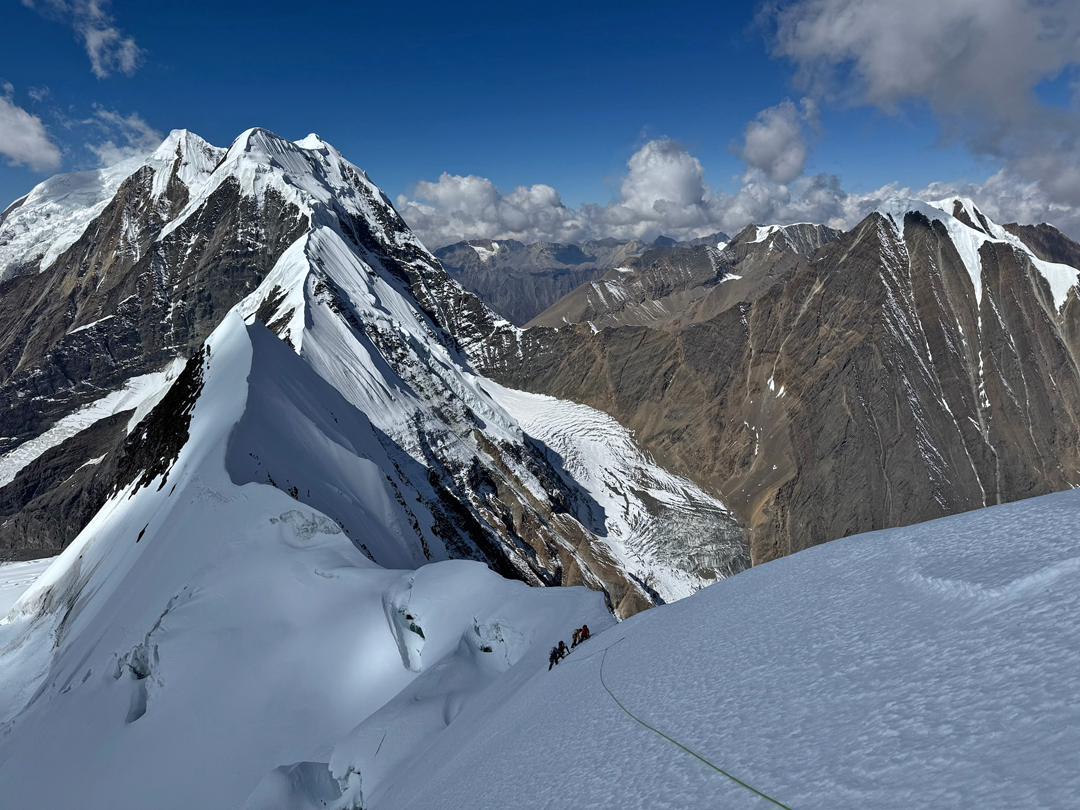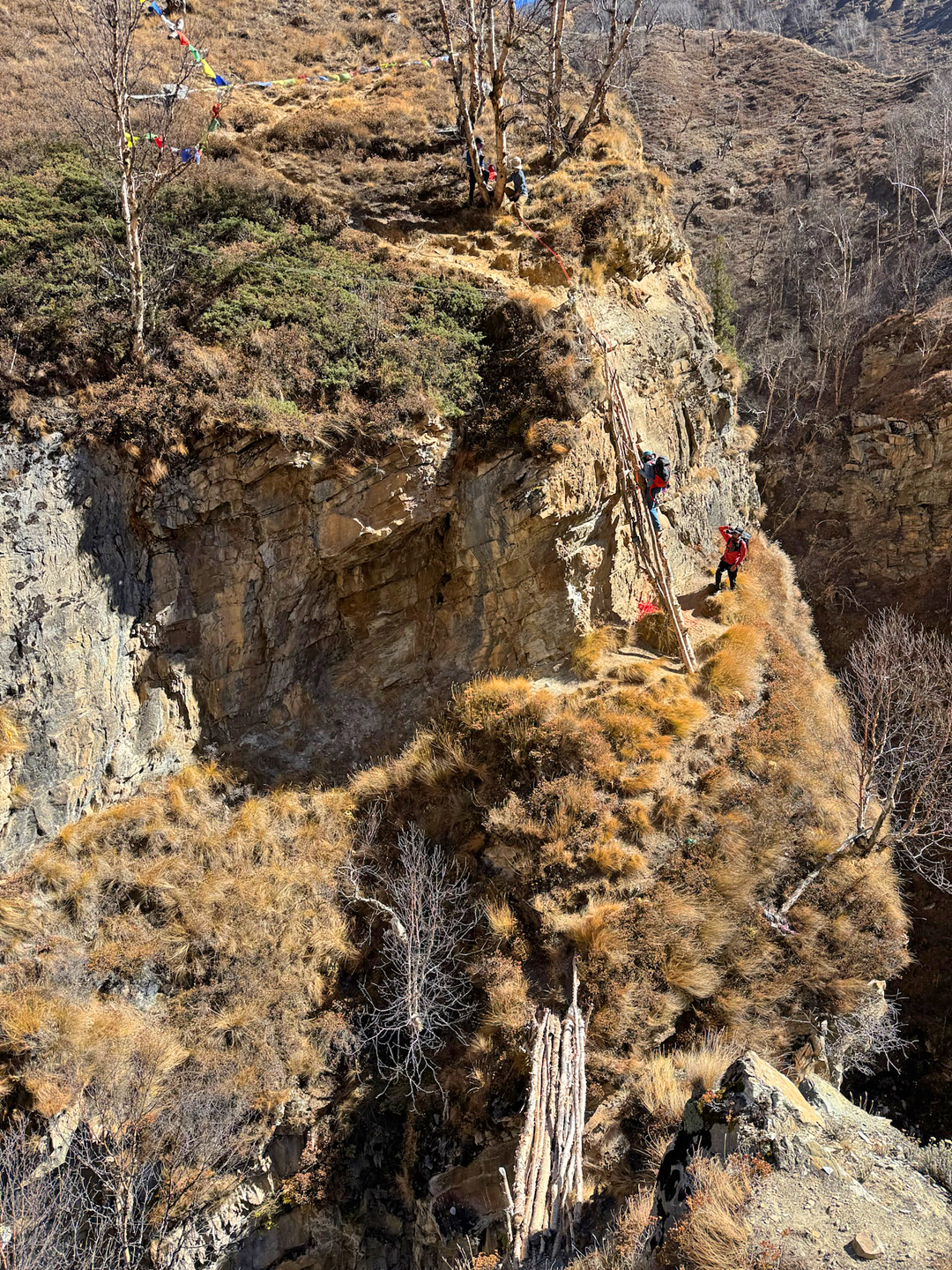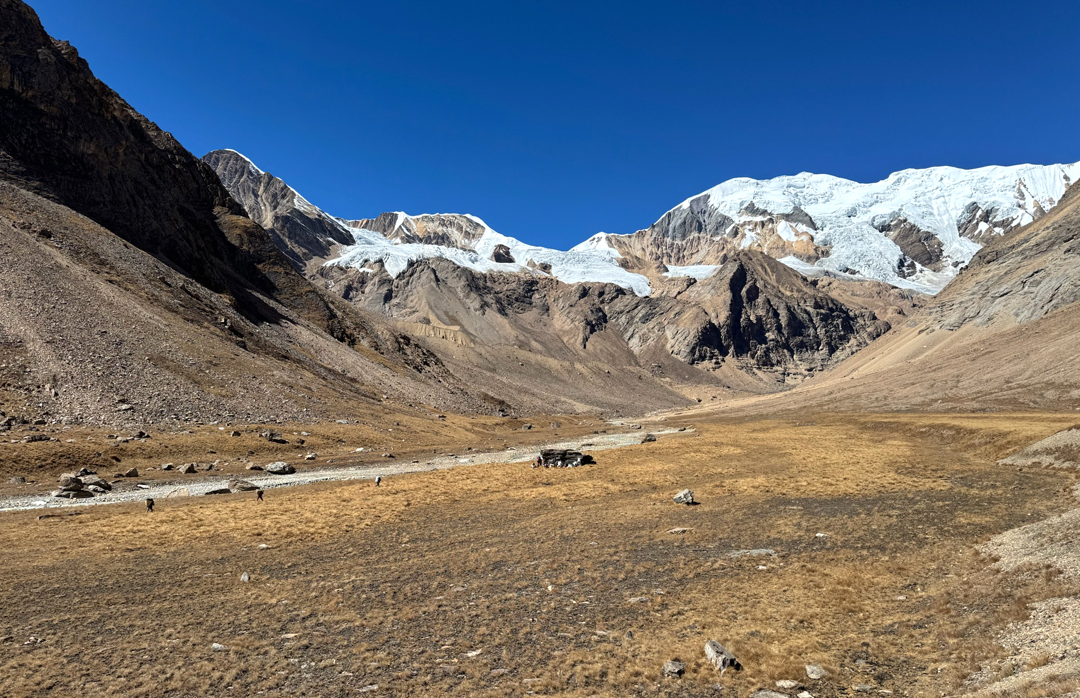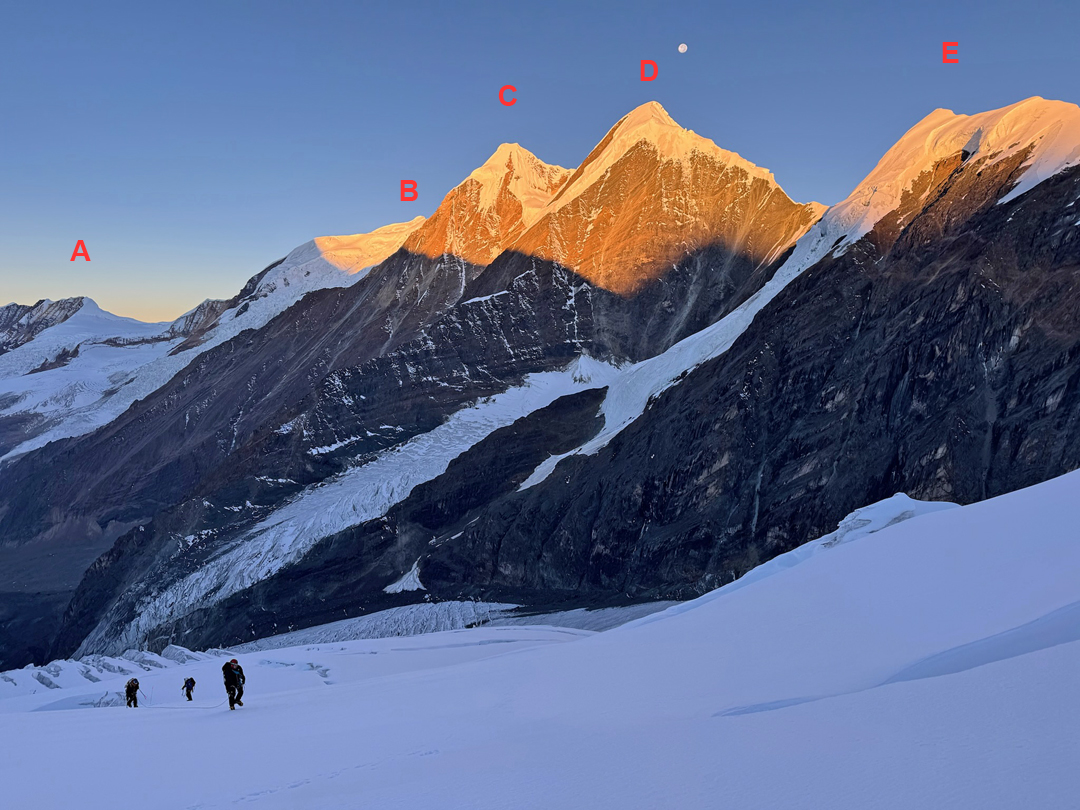Sanctuary Peak, First Ascent, Via West Ridge
Nepal, Kanjiroba Himal
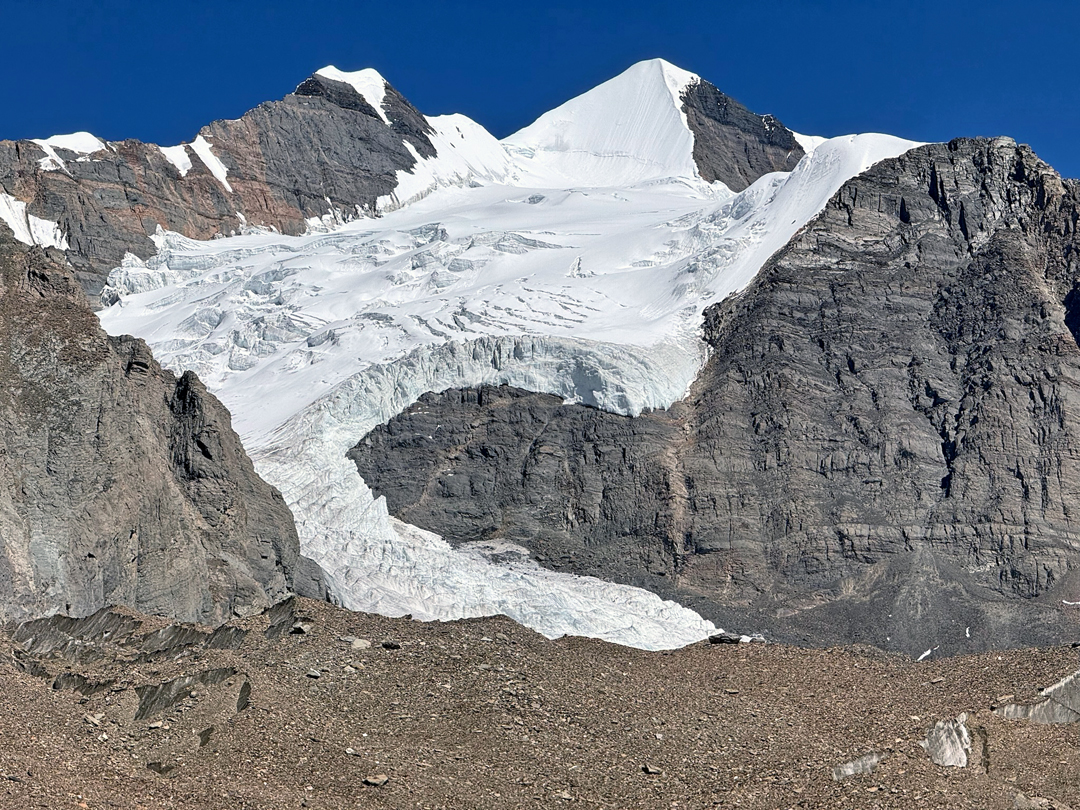
In 1996, a joint Shinshu University and Nepal Police expedition made the first ascent of Ratna Chuli (7,035m; see AAJ 1997). I was one of the team that reached the summit, gaining invaluable experience for my Himalayan career, all thanks to support from the university alpine club and its senior members. Due to the recent weakening of traditional mountaineering organizations, opportunities to take part in a similar “first Himalayan expedition” have become increasingly scarce. A new platform was needed, so I established the Himalaya Camp project, which gives climbers in their 20s and 30s the opportunity to attempt unclimbed peaks. I launched the first camp in 2015.
For the Himalaya Camp in the fall of 2024, Yo Hasigawa, Ai Hatakeyama, Yudai Hiratsuka, and Ayumi Matsumoto researched a number of unclimbed mountains and chose Sanctuary Peak (6,207m, 29°25’27.11”N, 82°37’25.89”E) in the Kanjiroba Sanctuary, the basins surrounding Kanjiroba (6,883m) at the head of the Jagdula Khola.
In his 2012 AAJ report, Paulo Grobel noted that “a small unnamed 6,207m peak, at the northeastern head of the glacial cirque between Kanjiroba and the Patrasi group, offered an elegant goal that we could accomplish in alpine style.” Grobel’s team did not attempt Peak 6,207m but did climb a 6,025m peak south of the Japanese Pass (5,831m) on the western rim of the sanctuary, which he named Sanctuary Peak. However, the true Sanctuary Peak, as listed on the Ministry of Tourism’s permit list, is Peak 6,207m.
The four team members and I left Kathmandu on October 1 and arrived in Gauchaur (3,700m), where we would begin our trek, on the 7th. Our initial plan was to follow a trekking route shown on maps to Kanjiroba Base Camp. However, a local porter, who knew the area well, said it was too dangerous and that we should travel by the Jagdula Khola, the route used by earlier explorers of the Kanjiroba range (who had also found significant difficulties).
The second day of this trek was nerve-wracking. At one point, to descend a sheer slope to the valley floor, we installed five fixed ropes, and there were very worrying sections for our porters. The following day proved even more intense. A makeshift bridge of birch logs crossed the narrowest part of the gorge, and beyond that, more birch logs, leaning against a rock wall, provided the most terrifying ladder we had ever encountered. The lead porter negotiated all this while carrying a 30kg load. In the Himalaya one sometimes meets individuals who redefine the limits of human capability.
We were happy to reach Kanjiroba Base Camp (4,600m), south of the mountain, on the 13th. This area has been called Airport Plain, and the expansive flatland above the gorge could easily be used by a North American bush pilot.
On our first reconnaissance, we identified a route to Sanctuary Peak. A forecast of snowfall starting on the 20th caused us to accelerate our program and make a continuous ascent from base camp starting on the 17th. That day, we camped at an ideal spot on the moraine at 5,200m.
The next day, we chose a line up the right side of the glacier and navigated a route through crevasses to 5,500m before returning to camp. On the 19th, we left at 3:30 a.m. in perfect weather. We made steady progress, reaching the west ridge of Sanctuary Peak at around 6,000m.
Above lay a quintessential Himalayan challenge: traversing an arête of sugar snow with insecure snow-stake protection. This was the first such experience for some of the team, and progress was slow. I had not planned to take the lead on the climb, but I worried we might be too slow to summit. I took over, climbing quickly and carefully. At 12:30 p.m., after six pitches, we reached the top, or as near as safely possible due to large cornices. We cautiously descended the route as clouds gathered, and when we regained camp it was snowing.
It was deeply gratifying for the entire team to reach the summit together, a first in some time for our Himalaya Camp expeditions. Exploring West Nepal was inspiring, and the more I research the area, the more fascinating it becomes. I’m eager to go back.
—Yasuhiro Hanatani, Japan


